Table of Contents
Introduction to Italian Sunday Lunch
In Italy, Sunday lunch holds a revered place in the cultural landscape, symbolizing not only a gastronomic pleasure but also the essence of family togetherness. This cherished weekly tradition serves as a vital gathering point for family members, bridging generations through the art of shared meals and storytelling. It is a time when kitchens come alive with the aromas of traditional recipes that have been passed down through families for decades, creating an atmosphere of warmth and nostalgia.
The Italian Sunday lunch is often characterized by its leisurely pace, encouraging each participant to savor both the food and the company. Lunch extends beyond mere sustenance; it becomes a communal ritual where relatives come together to catch up and enjoy each other’s company. The significance of this gathering is deeply rooted in Italian culture, reflecting the value placed on family and relationships. As preparations begin early in the day, the anticipation builds, creating a sense of excitement that permeates the household.

Traditional dishes vary by region but often feature hearty ingredients, slow-cooked sauces, and rustic breads, all emphasizing the use of fresh, local produce. Many families adhere to recipes that have been carefully preserved and sometimes even modified through different interpretations, showcasing the unique touches that each generation brings to the table. With every Sunday lunch, families maintain a connection to their heritage while also crafting new memories, making this ritual a beautiful tapestry of culinary history and contemporary experiences. As we explore the recipes and stories behind Italian Sunday lunch, it becomes clear that this tradition is much more than a meal; it is a celebration of familial bonds and cultural identity.
Historical Roots of Sunday Lunch
The tradition of Sunday lunch in Italy is deeply rooted in the nation’s agrarian past, serving as a significant marker of cultural and familial identity. Historically, the Italian landscape was predominantly rural, and Sundays were set aside as a day of rest for farmers and their families. This day was often designated not only for worship but also for a communal meal that united family members after a week of labor. The uniqueness of Sunday meals lies in the choice of dishes prepared, which often featured seasonal ingredients harvested from local farms.
The customs surrounding Sunday lunch were further influenced by religious practices, particularly in a predominantly Catholic nation. After attending church services, families would gather around the table, adhering to traditions that emphasized gratitude and togetherness. The act of sharing a meal became a sacramental practice, enhancing the bond between family members, a sentiment still prevalent in contemporary dining experiences. Each region in Italy introduced its own specialties, influenced by local agricultural offerings, thereby enriching the culinary landscape of Sunday lunch.
As Italy transitioned into the modern era, the dynamics of Sunday lunch evolved. Industrialization and urban migration reduced the influence of agricultural schedules on family life. However, the tradition of gathering for a meal remained strong, adapting to the changes in society. The emphasis on familial bonds persisted, as generational knowledge about recipes and preparation techniques was passed down, ensuring the continuity of this cherished practice. Despite contemporary changes in Italy’s social fabric, Sunday lunch embodies a cultural significance that connects families to their heritage and promotes essential values of unity and shared experience.
Traditional Dishes of Italian Sunday Lunch
Italian Sunday lunches are a cherished tradition, offering families the opportunity to gather around the table and enjoy a multicourse meal that highlights regional flavors and seasonal ingredients. Among the most iconic dishes served during these gatherings is pasta al forno, a hearty baked pasta dish that varies greatly depending on the area of Italy. Typically made with sauces such as ragù or béchamel, and combined with a variety of cheeses, pasta al forno often includes layers of meat, vegetables, or even hard-boiled eggs. The dish is then baked until golden and bubbly, creating a comforting centerpiece for any Sunday feast.
Another staple of a traditional Italian Sunday lunch is roast meats, which can vary widely by region. In northern Italy, you might encounter bollito misto, a mixed boiled meat dish accompanied by flavorful sauces like salsa verde. Conversely, southern regions often favor arrosticini, skewered and grilled lamb, reflecting local culinary preferences. These roast meats are typically seasoned with aromatic herbs and spices, bringing flavor and fragrance that enhance the overall dining experience. Families often gather to enjoy these dishes with their loved ones, evoking a sense of warmth and togetherness.
Seasonal vegetables also play a crucial role in any Sunday lunch spread. Dishes such as caponata from Sicily—a sweet and sour eggplant dish—showcase how region and seasonality influence preparation and flavor. Another popular side dish is insalata di finocchi e’arance, a refreshing fennel and orange salad that balances the richness of the main dishes. These vegetable preparations highlight Italy’s commitment to fresh produce and celebrate the bounty of local farms.
In essence, the traditional dishes of Italian Sunday lunch beautifully reflect the diversity and richness of Italian culinary heritage. Each meal is not only a tribute to gastronomical skill but also to family bonds and communal joy, ensuring lasting memories for generations. As families continue to pass down recipes, the spirit of these Sunday gatherings remains intact.
The Role of Wine in Sunday Lunch
In Italy, Sunday lunch is not merely a meal; it represents a cherished ritual, deeply ingrained in the fabric of family life and tradition. Integral to this experience is the role of wine, which enhances the culinary offerings and fosters a convivial atmosphere. Italian wines, distinguished by their rich flavors and diverse varieties, are typically selected to complement the various dishes served during this important family gathering.
The selection of wine is often influenced by regional practices, with every area boasting unique varietals that showcase local terroirs. For instance, in Tuscany, a robust Chianti is often paired with hearty dishes like pasta al ragù or roasted meats. Alternatively, a crisp Prosecco from the Veneto region may accompany lighter fare, such as seafood antipasti. These pairings are not merely about taste; they also evoke memories and a sense of belonging, as each bottle tells a story rooted in the specific region it hails from.
During the Sunday feast, wine is also pivotal in enhancing the communal experience. As families gather around the table, sharing food and laughter, the ritual of raising a glass for a toast encapsulates the spirit of togetherness. Toasts often feature traditional expressions that celebrate family, friendship, and the joy of sharing a meal. This social bonding moment is epitomized by the phrase “Cin cin” as glasses clink together, marking the unifying essence of Italian dining culture.
Furthermore, the act of choosing a specific wine can often reveal familial preferences and personal stories, further enriching the Sunday lunch experience. Thus, wine is not merely an accompaniment; it is a central character in the narrative of Italian Sunday lunches, intertwining taste, tradition, and togetherness in every sip.
Preparing for Sunday Lunch: A Family Affair
In Italian households, preparing for Sunday lunch is more than just a culinary task; it is a cherished family tradition steeped in history and cooperation. Long before the meal is served, family members unite to engage in various activities that enhance their bonds while they prepare to enjoy a feast together. Each person takes on a specific role, reinforcing the notion that cooking is a communal affair, essential to the Italian way of life.
The shopping for fresh ingredients is often one of the first steps in this weekly ritual. Family members may head to local markets, where the vibrant colors of seasonal produce create an inviting atmosphere. It is a time for shared experiences, where elders impart their knowledge about selecting the finest ingredients. Children learn to appreciate quality, understanding that good cooking begins with the best raw materials. This excursion to the market is not merely transactional; it embodies the excitement of anticipation for the meal to come and serves as an opportunity for intergenerational bonding.
Following the shopping outing, the family gathers in the kitchen to start the cooking process. Traditional roles often emerge, with certain family members specializing in specific dishes, showcasing skills learned through years of practice. Whether it’s a grandmother stirring a rich ragu or teenagers kneading dough for fresh pasta, each contribution adds to the collective effort. This collaborative environment fosters communication and teamwork, as family members discuss recipes, share stories, and offer assistance to one another. As the aroma of simmering tomato sauce fills the air, it serves as a reminder of the love and care that goes into every dish.
Setting the table is another essential element of this communal preparation. With precision and a touch of creativity, family members come together to transform the dining area into a welcoming space. Homemade tablecloths, family heirloom dishes, and carefully selected wine embody not only the meal’s diversity but also the essence of family heritage. This shared preparation culminates in a memorable Sunday lunch that nourishes both the body and the spirit, reinforcing the ties that bind family members together.
Personal Stories and Anecdotes
For many Italian families, Sunday lunch serves as more than just a meal; it is a cherished ritual steeped in tradition and affection. Take, for example, the story of Marco, a young man from Naples, who recalls his childhood Sundays spent at his grandmother’s house. With the aroma of simmering sauce wafting through the air, he remembers how his grandmother would insist that everyone gather around the table at noon sharp. It was a time when family squabbles were set aside, and conversations ebbed and flowed like a well-rehearsed symphony. Each dish, from the handmade pasta to the slow-cooked lamb, carried with it a story, a memory, and a connection to their heritage.
Similarly, Sofia, who grew up in Sicily, shares her fond memories of helping her mother prepare the family’s traditional “lasagna della domenica.” As they layered the pasta with rich ragù and creamy béchamel, her mother would regale her with tales of her own childhood Sundays, illustrating how these recipes connected generations. The involvement in the preparation of meal cultivated a sense of belonging for Sofia, emphasizing that each ingredient had a story, and each gathering was a continuation of their shared history.
Yet, not all anecdotes stem from nostalgia. Jessie, an Italian-American, reflects on her first taste of authentic Italian Sunday lunch after a family trip to Florence. The communal atmosphere of a trattoria, filled with laughter and warmth, transformed her perception of dining. She found that Sunday lunch was not merely a meal, but a celebration of life, love, and familial bonds. The experience rekindled her appreciation for her own family traditions, encouraging her to replicate those recipes and rituals in her own home.
These personal accounts illustrate that Italian Sunday lunch is a lively tapestry woven together with experiences, connections, and the enduring spirit of family. Through the sharing of food and stories, meals serve as a profound reminder of shared heritage and enduring love.
Variations Across Italian Regions
Italy’s rich culinary landscape is deeply influenced by its geographical diversity, cultural heritage, and local customs, particularly evident in the tradition of Sunday lunch. Each region offers a unique interpretation of this cherished meal, reflecting its historical path and the ingredients available. For instance, in the northern region of Lombardy, risotto serves as the centerpiece of Sunday gatherings, often prepared with local saffron or mushrooms, which are plentiful in the area. Accompanying this dish might be hearty stews like ‘ossobuco,’ exemplifying the robust flavors typical of northern Italian cooking.
In contrast, southern regions such as Campania celebrate Sunday lunch with fresh seafood and pasta dishes. A classic is ‘spaghetti alle vongole’—spaghetti with clams, characterized by its simplicity and vibrant flavors. Additionally, Sunday meals in Sicily often feature slow-roasted meats, such as ‘arrosticini’ (grilled lamb skewers), which reflect the island’s agricultural traditions and the influence of Mediterranean diets. Here, the use of citrus, such as lemons and oranges, is prevalent, enhancing the flavors of various dishes.
The central regions, particularly Tuscany, focus on rustic preparations and local vegetables. Dishes like ‘cacciucco,’ a hearty fish stew, showcase the region’s reliance on local produce and seafood. Furthermore, in Emilia-Romagna, the renowned regional pasta, ‘tortellini,’ often steals the show during Sunday lunch, prepared in rich broths that highlight its savory fillings.
From the mountains of Trentino to the islands of Sardinia, each Italian region possesses its own Sunday lunch traditions, with distinct ingredients, cooking methods, and customs. This regional variation illustrates the diversity and richness of Italian cuisine, making each Sunday meal an experience enriched by local culture and history.
Modern Interpretations of Sunday Lunch
In recent years, the tradition of Italian Sunday lunch has experienced an exciting transformation, as contemporary chefs and home cooks embrace innovative techniques while paying homage to classic recipes. This evolution showcases a remarkable interplay between age-old flavors and modern culinary trends, resulting in a diverse array of dishes that move beyond convention.
One notable trend in reinterpreting Sunday lunch is the incorporation of global flavors and fusion elements. Chefs often draw inspiration from diverse cuisines, introducing unique spices or cooking methods to traditional dishes. For instance, a classic risotto might be infused with Asian influences, such as miso or ginger, creating a surprise in flavor that retains the essence of the original while appealing to contemporary palates. Such integration illustrates how Italian cuisine continually evolves, reflecting both global interconnectedness and local heritage.
Additionally, the rise of plant-based diets has influenced modern interpretations of traditional Italian Sunday recipes. Many cooks are reimagining hearty meat dishes through vegetarian or vegan lenses. A traditional lasagna, for example, may shift from layers of meat and cheese to a rich composition of roasted vegetables, plant-based proteins, and creamy cashew sauce. This not only caters to changing dietary preferences but also highlights the versatility of Italian culinary practices.
Furthermore, the emphasis on sustainability and local sourcing has also shaped contemporary Sunday lunches. Chefs are prioritizing seasonal produce and organic ingredients, allowing the flavors to shine without unnecessary embellishment. Dishes such as a rustic frittata featuring fresh, local herbs and farm-fresh eggs illustrate how simplicity can lead to delicious results, making the Sunday meal both environmentally conscious and satisfying.
As seen through these modern interpretations, the tradition of Italian Sunday lunch is not merely preserved but also enriched by innovation. Chefs and home cooks are discovering new ways to celebrate and transmit the essence of Italian cuisine, ensuring that these cherished meals continue to evolve in meaningful and delicious ways.
Tips for Hosting an Italian Sunday Lunch
Hosting an Italian Sunday lunch is an excellent way to bring friends and family together while indulging in delectable cuisine. To create an authentic experience, menu planning is crucial. Begin by selecting a variety of traditional dishes that reflect the essence of Italian dining. A classic Italian Sunday lunch may include antipasti like bruschetta, a hearty pasta dish such as lasagna or spaghetti alla carbonara, and a meat course, like osso buco or roasted chicken. Don’t forget to include side dishes of seasonal vegetables and a refreshing salad to balance the meal.
Cooking techniques play a vital role in Italian cuisine. Focus on using fresh, quality ingredients and opt for homemade sauces whenever possible. For pasta, consider making it from scratch to elevate the authenticity of your lunch. Additionally, slow-cooking proteins will impart rich flavors that are characteristic of Italian cooking. Preparing dishes in advance can ease the workload on the day of the event, allowing more time for guests and less time in the kitchen.
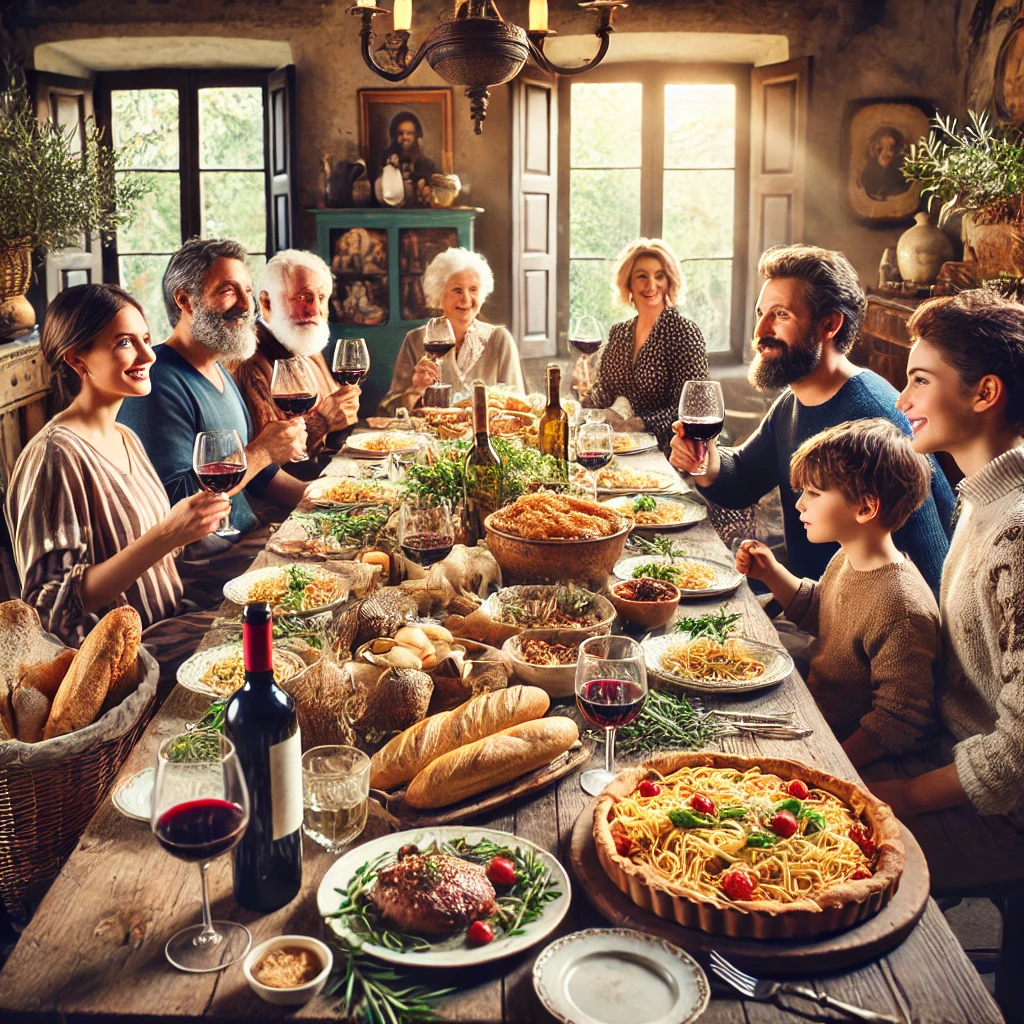
Setting the table is another essential aspect of creating an inviting atmosphere. Use a tablecloth that embodies rustic charm, and intermingle bright colors and simple decorations like fresh herbs or seasonal flowers. Consider utilizing beautiful ceramic dishes or classic glassware to serve the meals, as visually appealing settings enhance the dining experience. Lighting is equally important; opt for soft lighting or candles to create a warm and inviting environment, reminiscent of traditional Italian gatherings.
Finally, creating a welcoming atmosphere can be achieved by incorporating Italian music into your gathering. Background melodies will make the environment lively and reflect the cultural heritage of Italy. Encourage conversation and storytelling among guests, as sharing experiences is a fundamental aspect of Italian family traditions. By intertwining these elements, your Italian Sunday lunch can become a cherished occasion filled with joy, delectable flavors, and lasting memories.

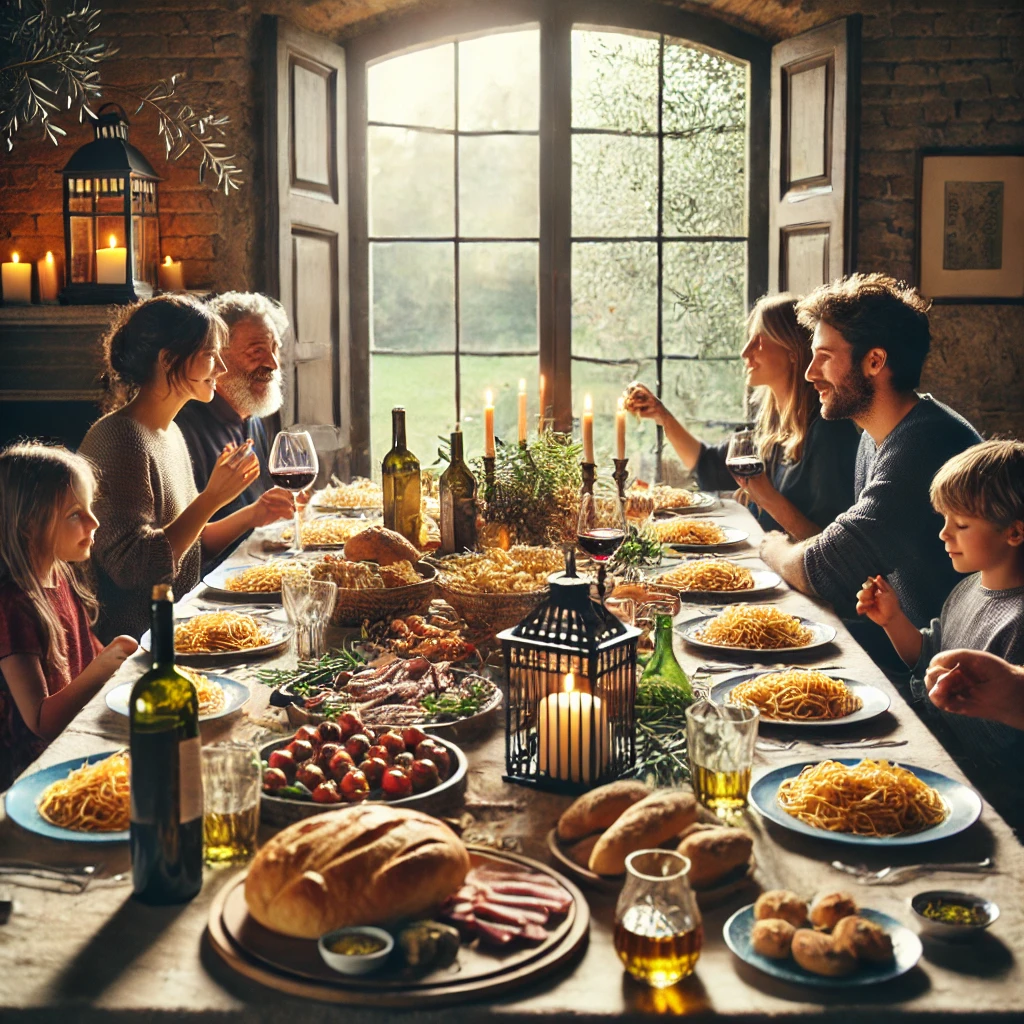
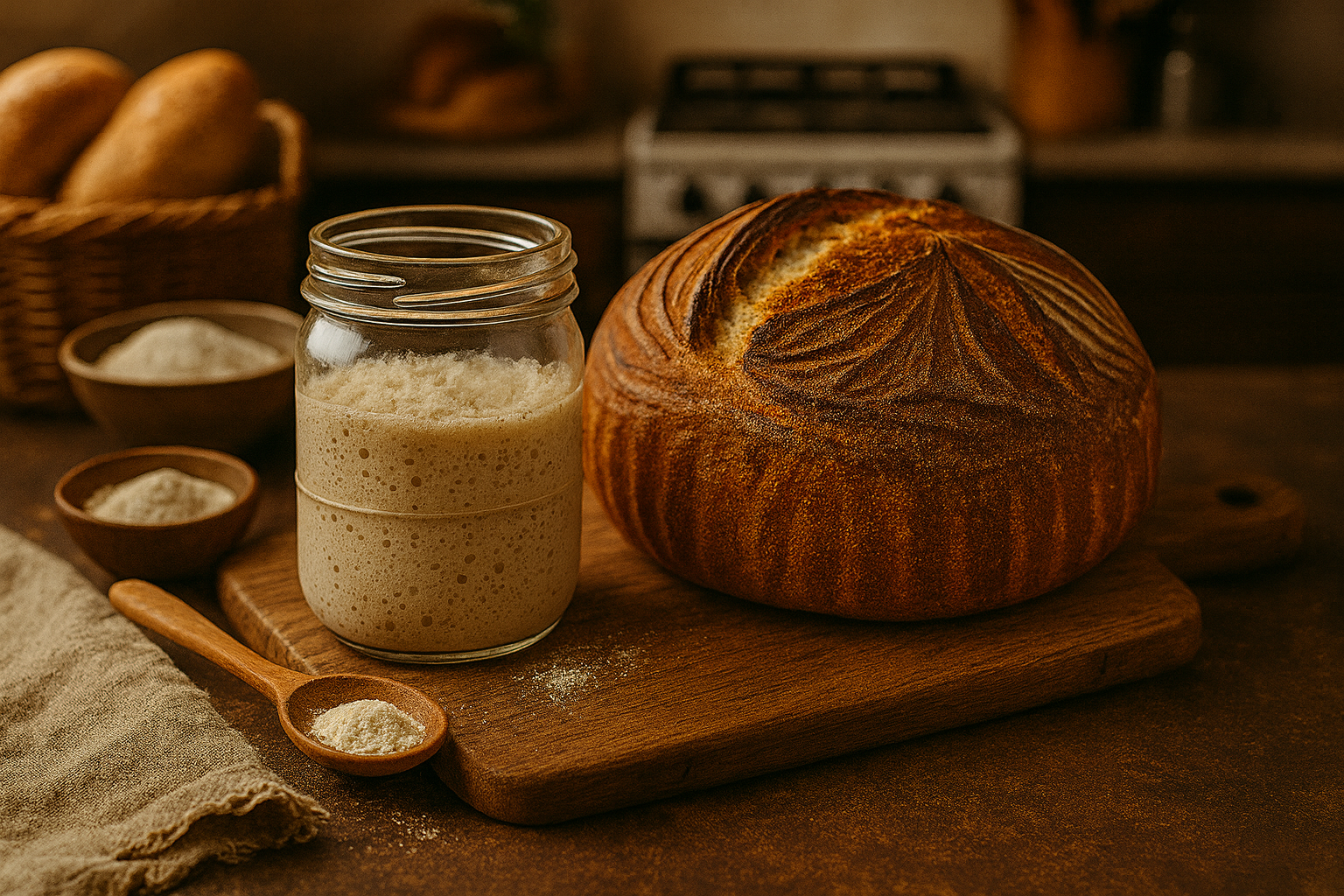
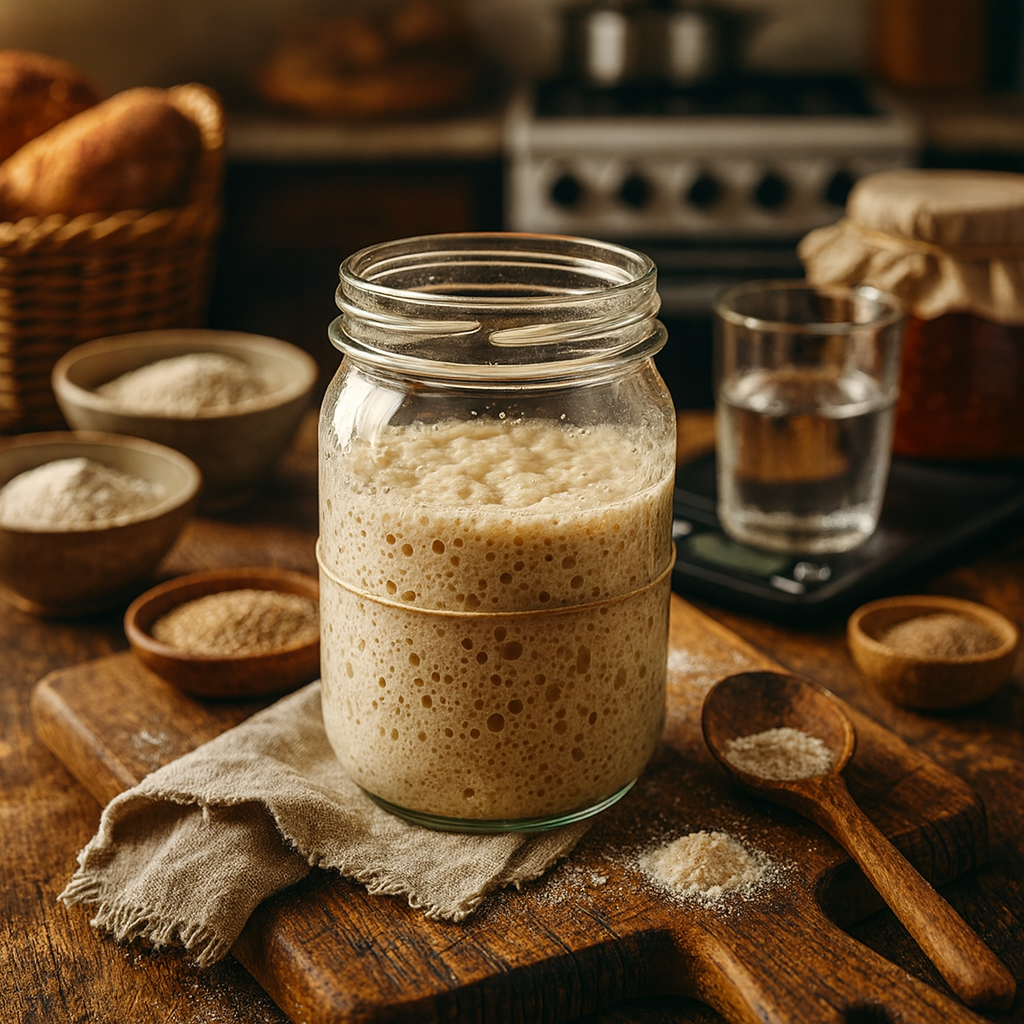
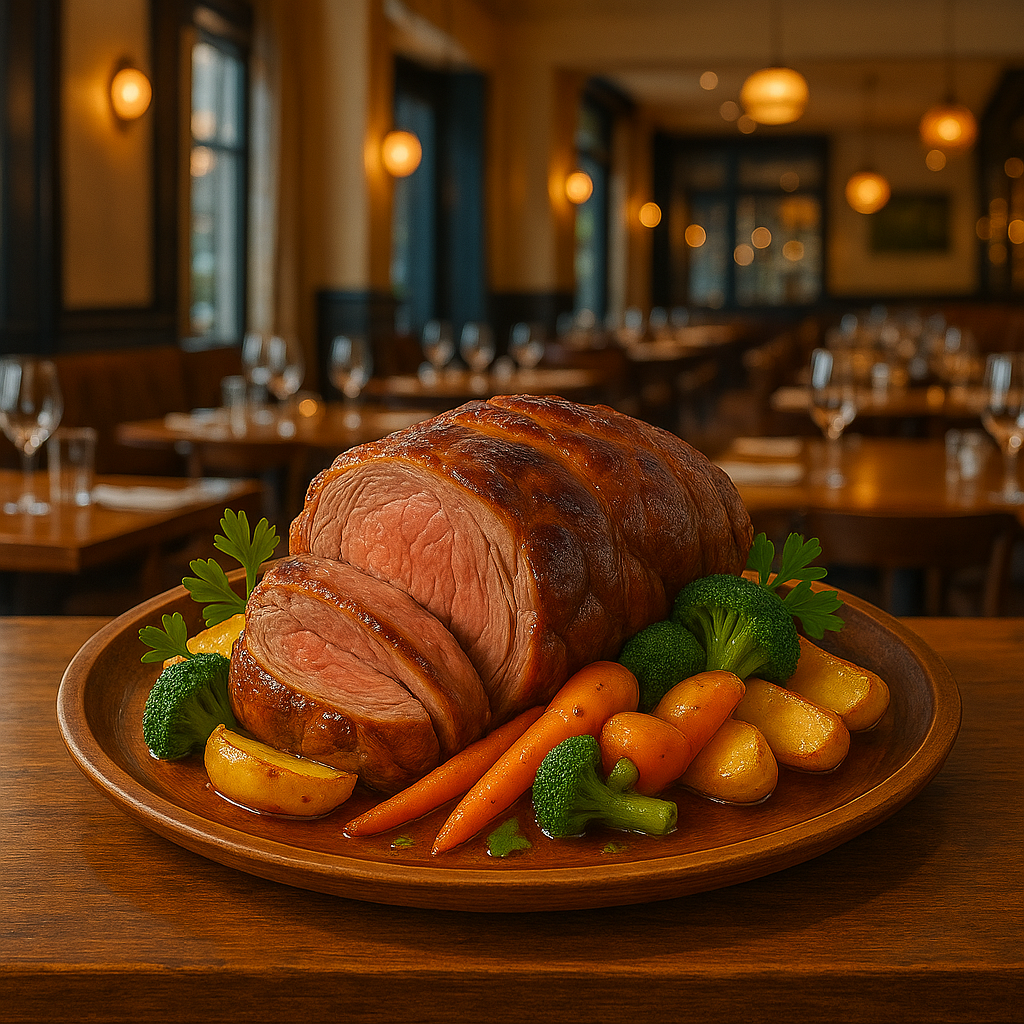

I think you have observed some very interesting points, regards for the post.